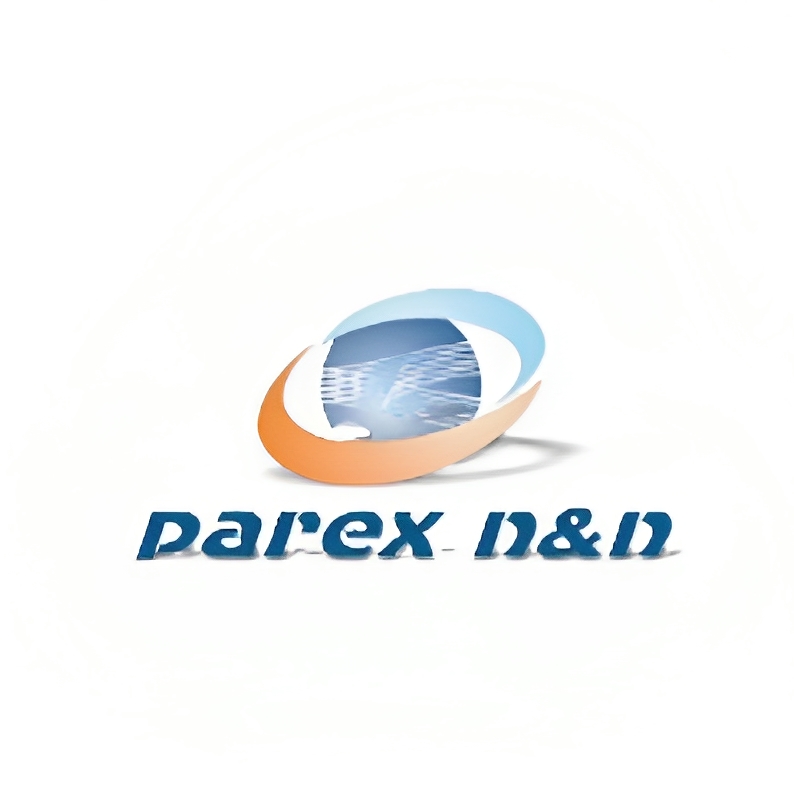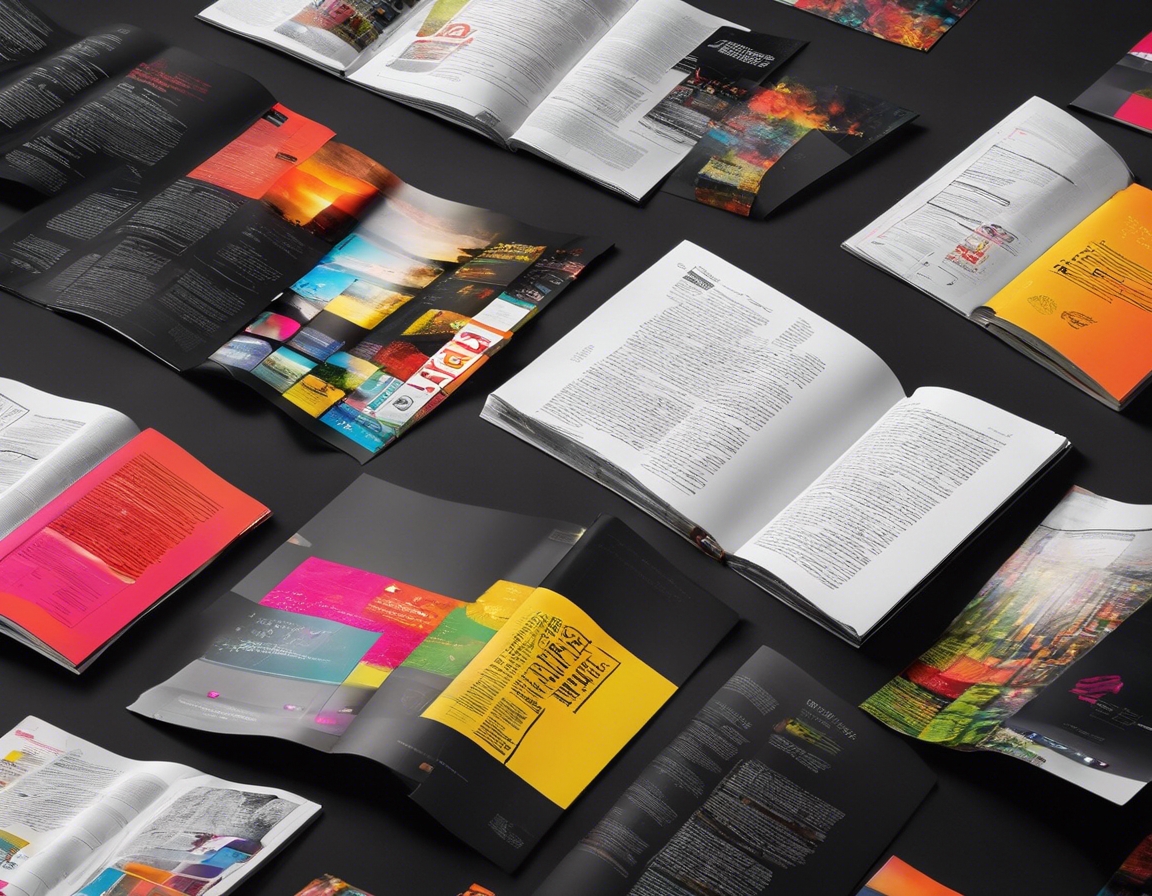Color psychology: how to choose the right colors for your marketing materials
Color psychology is the study of how colors affect perceptions and behaviors. In marketing, color can be a powerful tool to convey a message without words. The right choice of color can enhance brand recognition by up to 80%, making it a critical decision in the design of marketing materials.
Colors have the ability to evoke emotions and associations. When used strategically in marketing materials, they can influence how a brand is perceived and can significantly affect purchasing decisions.
The Meaning Behind Colors
Warm colors such as red, orange, and yellow are associated with energy, passion, and happiness. They can stimulate appetite, making them popular choices for food-related businesses.
Cool colors like blue, green, and purple often evoke feelings of calmness and trust. They are frequently used by financial institutions and health services to convey security and serenity.
Neutral colors, including black, white, gray, and brown, are versatile and can be used to bring balance to a color scheme. They are often associated with sophistication and professionalism.
Choosing the Right Colors for Your Brand
Understanding your brand's personality is essential in selecting colors that accurately reflect your identity. A youthful, energetic brand might opt for bright and bold colors, while a brand that wishes to portray luxury and exclusivity might choose muted, rich tones.
Consider the preferences of your target audience. Different demographics may respond differently to color choices. For example, younger audiences might be drawn to vibrant, saturated colors, while older consumers may prefer more subdued hues.
It's also important to be aware of the color norms within your industry. Certain colors may be expected by your target audience, and deviating too far from these expectations can cause confusion or mistrust.
Color Combinations and Contrasts
Harmonious color combinations can enhance the overall aesthetic of your marketing materials and help convey your brand's message. The color wheel is a valuable tool for finding complementary and analogous color schemes that work well together.
Contrast can be used to make your marketing materials more readable and to draw attention to key elements. High contrast between text and background can improve legibility, while contrasting colors can highlight calls to action.
Color Consistency Across Marketing Materials
Maintaining color consistency is crucial for brand recognition. Inconsistent use of colors can lead to a disjointed brand image and confuse your audience.
Utilize digital tools such as color palettes and Pantone matching systems to ensure consistent color reproduction across different materials. Always work with professional printing services that understand the importance of color accuracy.
Testing and Adjusting Your Color Choices
Before finalizing your color choices, conduct market research to test how your target audience reacts to your color scheme. This can help you make informed decisions and avoid costly mistakes.
Design is an iterative process. Be open to feedback and willing to make adjustments to your color choices based on the responses of your audience and the performance of your marketing materials.






Comments (0)